The road to choosing a college is a long one. Getting accepted is just the beginning. As you narrow down your list of colleges, comparing things like location and courses of study is a good place to start, but once those financial aid award letters come, the affordability must play a big role.
The financial aid award letter, also known as the student aid package or school offer, tells you what financial aid you are being offered at a particular school. It includes federal aid, state aid, work-study eligibility, and merit scholarships, as well as the cost of tuition, room, board, and fees. The difference between the aid and the cost is what you will need to pay through Federal or private loans.
With College Decision Day just around the corner on May 1, it is time to put pen to paper and determine which school makes the most sense for you.
Where to start? We have some suggestions:
First, find the cost per year of attending each school you are considering. This amount does NOT include any financial aid or loan numbers.
Make sure to include:
- Tuition (cost for all necessary classes)
- Room and board (if living on campus)
- Cost of books or online required subscriptions for each course (if known)
- School supplies – Computer, Wi-Fi, notebooks, pens, etc.
- Additional living expenses – additional food, toiletries, clothing, entertainment
- Travel expenses – if you need to get home regularly or to get to and from a place of employment.
Calculate total.
Next, determine the amount of aid you are being offered.
- Federal, state, or other grant programs and merit aid typically do not need to be repaid.
- Work-Study is a federal work program where undergraduates and graduate students at participating schools earn money to help pay for school. These jobs are typically on campus and based on financial need.
Calculate total.
Then, take the total cost of attendance minus the total amount of aid. The remaining amount is your NET COST, often referred to as the gap – the amount the student is responsible for paying each year they are enrolled as a full-time student.
Next, compare the NET COST for all the schools on your wish list to gauge which is the most affordable. Remember, being offered more aid at one school doesn’t necessarily mean it is a better deal as the cost of the school may be higher.
After you make this comparison, it is a good idea to call the financial aid office at each school and review the numbers with the school’s staff.
Finally, it’s time to figure out how you are going to cover the gap. This is where private loans, borrowed money that must be repaid, come into play.
- Subsidized loans are based on financial need. The government pays all or part of the interest while you are in school.
- Unsubsidized loans are available to all students. The interest on the loan starts as soon as the loan is taken.
- Parent PLUS loans are Federal loans taken out by the parent to help pay for college costs not covered by financial aid. The loan is in the parent’s name and must be repaid with interest. There are limits to how much money can be borrowed, and parents must have good credit to qualify.
- Private loans are taken through banks or other financial institutions.
Take your time, weigh the options, and make an educated decision.
More information and resources, including an information sheet with some of the most common and complicated terms, are available on the 518 ElevatED website.
